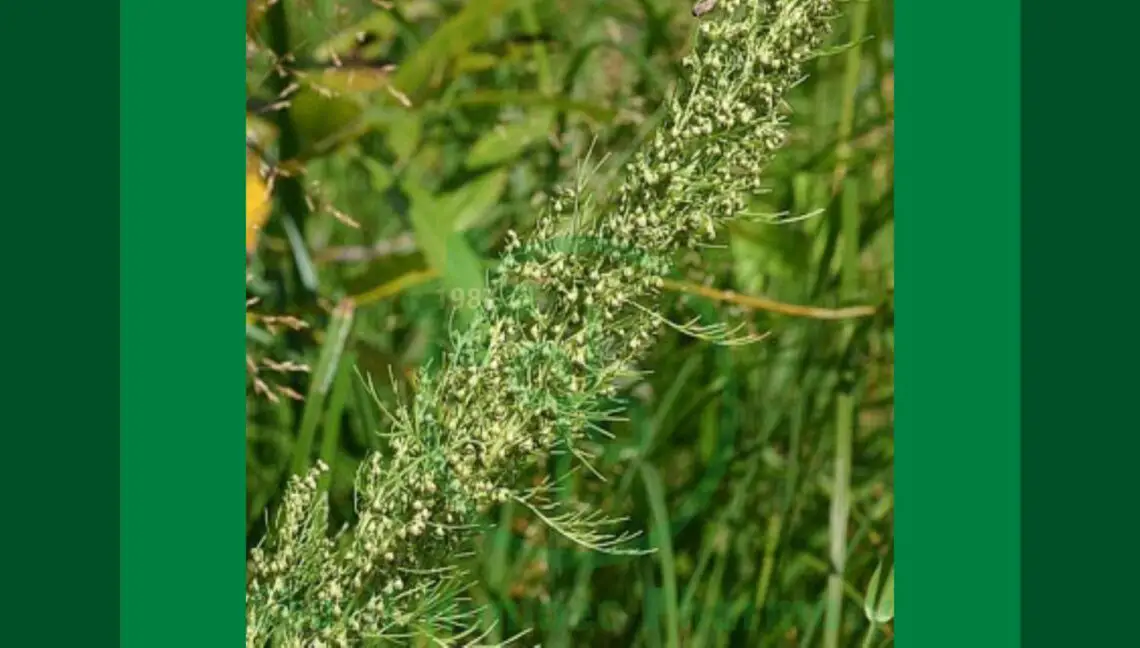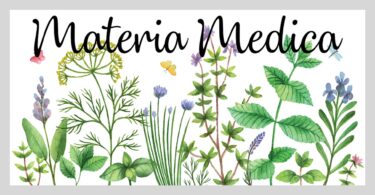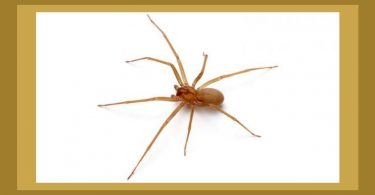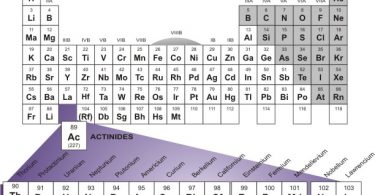Cina is a remedy of the plant kingdom and that belongs to the psoric miasm. It is closely allied to Chamomilla. The main feeling of both these remedies is that they are not getting enough attention from their parents.
Chamomilla reacts to this by loud shrieking and demanding, not quietened unless carried, whereas Cina reacts with irritability and temper-tantrums such as throwing things, capriciousness and pushing away her parents (“Touched, aversion to being”, “Caressed, aversion to being”, “Indifference to caresses”, “Striking in children”, etc.), as if to say: “Where were you when I needed you?” The need for attention in Cina is therefore seen as a refusal and rejection of the same, and as capriciousness which involves also demanding many things without knowing what.
It is a kind of pest-like behaviour, with frequent complaining and demanding of attention, a kind of behaviour that makes you want to avoid or push away the child, rather than giving him immediate attention.
I have often wondered if there is a connection between the pest-like behaviour of the child and the tendency to worms. In any case the worms themselves produce some constant irritation, causing the child to bore his fingers into the orifices and to become very uneasy.
The symptom of Cina: “Children refuse hair cutting” is one I have verified. Having a haircut has to do with touch, caress, nearness and trust, which the Cina child is averse to. Caresses are of no use – and this is the main symptom of Cina.
Cina often lies on the abdomen or takes a knee elbow position during sleep. It should be included under the rubric: “Lying on hands and knees ameliorates” in Phatak’s Repertory.
Rubrics:
- Capriciousness.
- Caressed, aversion to being.
- Discontented, displeased, dissatisfied, everything, with.
- Fear, approaching, of others; children cannot bear to have anyone come near them.
- Carried, desire to be.
- Indifference, caresses, to.
Kent:
- Appetite, increased during fever.
Phatak:
- Aversion to approach.
- Caresses, proof, against.
- Stiffens out.
If you would like to learn more about Dr. Sankaran’s work, courses and lectures please visit: http://www.onlinehmp.com
To read about the philosophical approach to developing these remedy pictures, see Dr. Sankaran’s introduction to Soul of Remedies:





